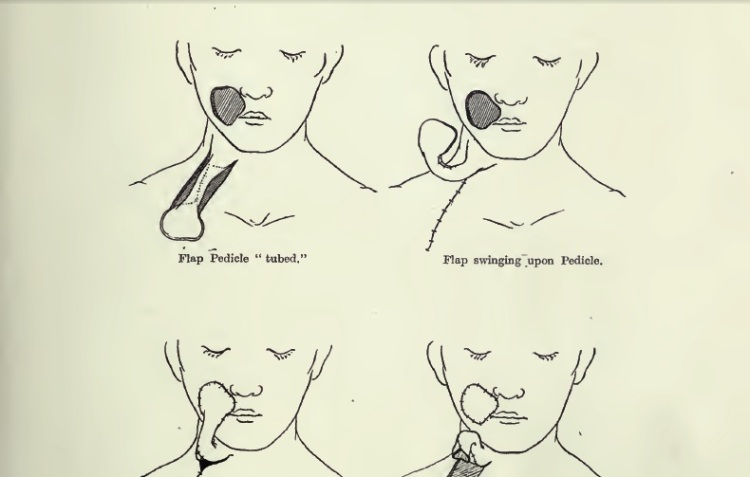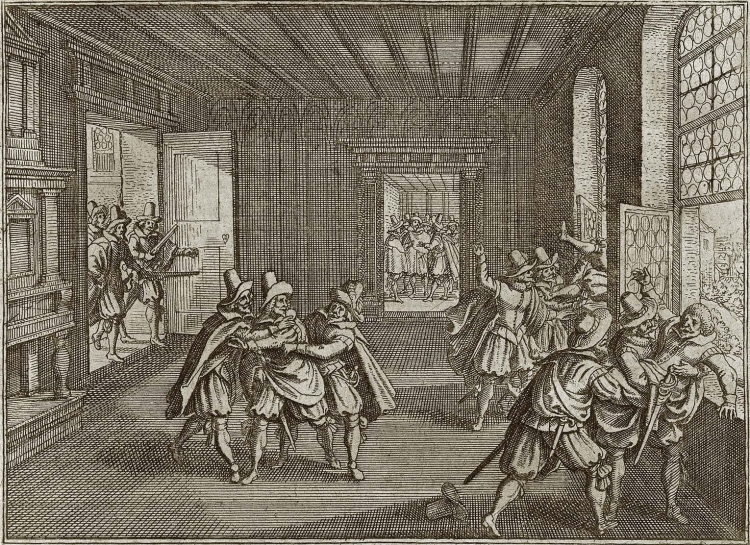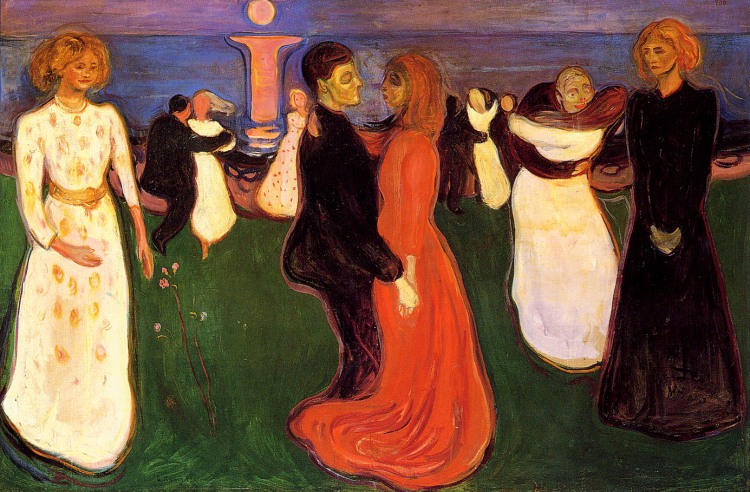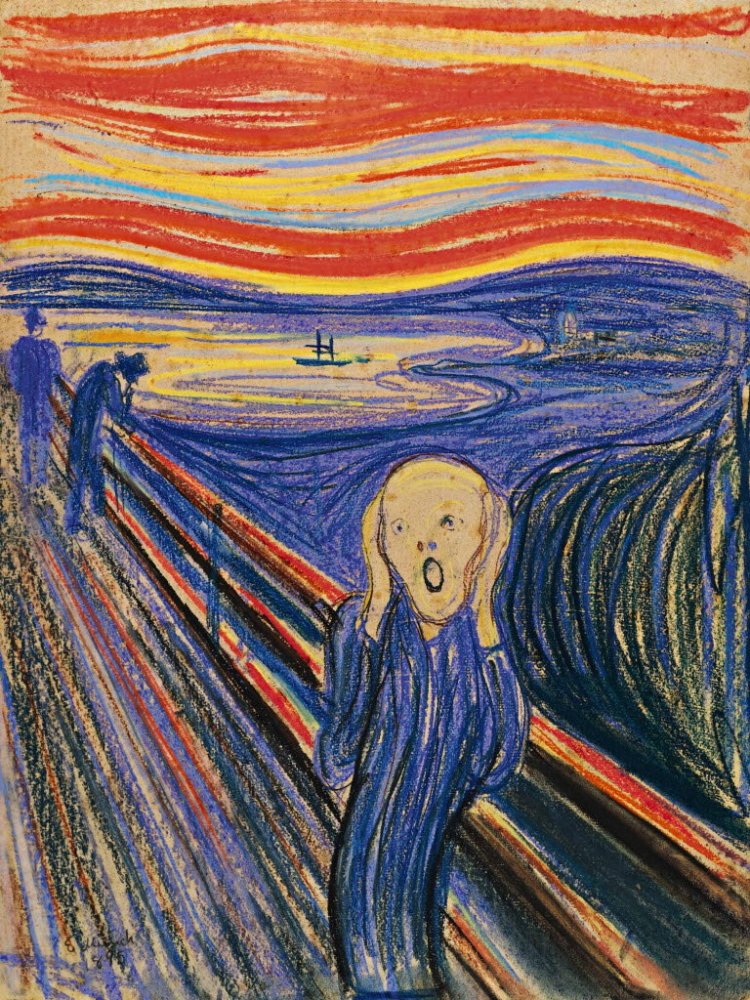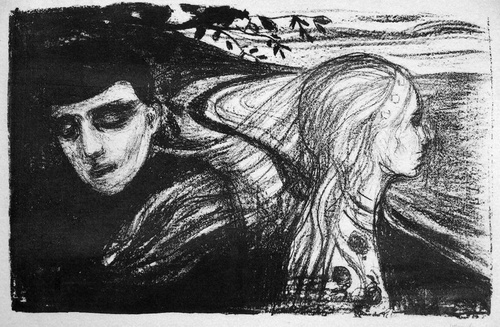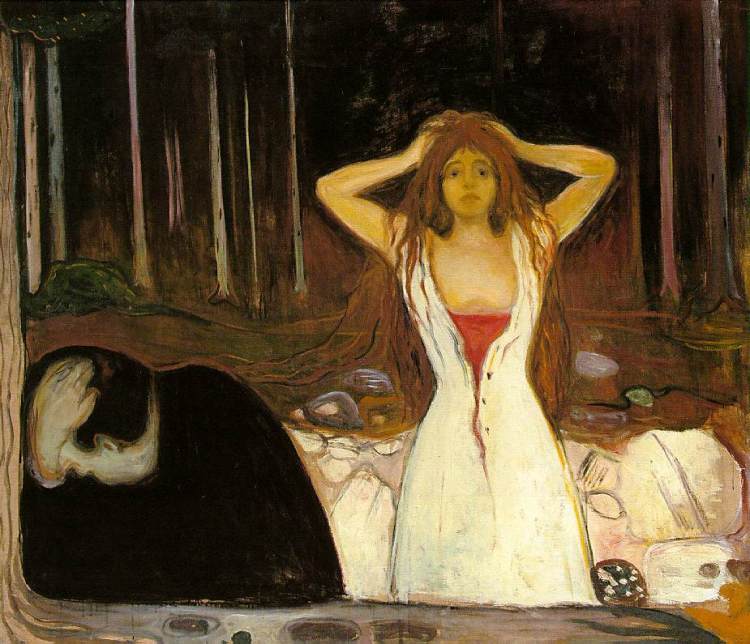





















All photographs courtesy of the DOCUMERICA collection in the U.S National Archives Flickr.
Above: Contaminated waterways, algae blooms, dead fish, uncovered coal trains, strip mining activities, soil that won’t grow anything due to contamination, sulphur gas being emitted, oil spills…..
The EPA was created in 1970 to assess, research, and keep track of the environment in the United States. In the early 1970’s, the United States government sent out several photographers to document the state of the nation. What the photographer’s images revealed, in the early stages of the EPA, was massive contamination of water, pollution of major waterways (including the Potomac), dead and dying fish, pristine landscapes planned for strip mining, and other atrocities.
Today, 46 years later, the human impact on Earth has only become more significant. Climate change is real, as is our rapidly growing global population. The United States, which prides itself on being a global leader (as a historian I can go off on a tangent about that later…) has a duty to help lead the way to enforcement of environment protections, research to preserve our environment, develop technologies that have less of a carbon/energy footprint, and protect our natural environment as well as encourage reclamation of areas that were previously developed for such activities as mining, dumping, etc.
Thanks to the EPA, more and more of us have clean drinking water, we have preserved coast lines, deserts, Arctic regions, forests, and prairies. We have quick responses to oil spills, and those companies get investigated swiftly. We have relatively clean air in most parts of the United States, and most of us (still not all) can live without fear of contaminated soil in our gardens. (As a Montanan, our resource extraction legacy still leaves us with contaminated waterways, energy development projects that threaten our national parks, contaminated soils, garbage piles, and the like.)
If you want rivers that catch on fire, if you want irresponsible, outdated energy development (don’t get me started on coal), irresponsible reclamation if any at all, polluted air, more and more endangered species, and oil spills that don’t get immediate attention and lawsuits for those companies, let’s turn back the clock almost half a century. If not, let’s look forward and do good on this beautiful Earth we all live on.









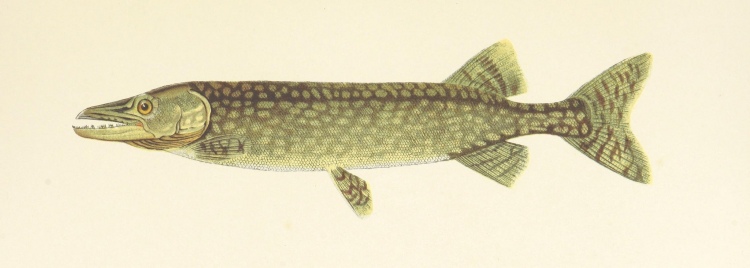






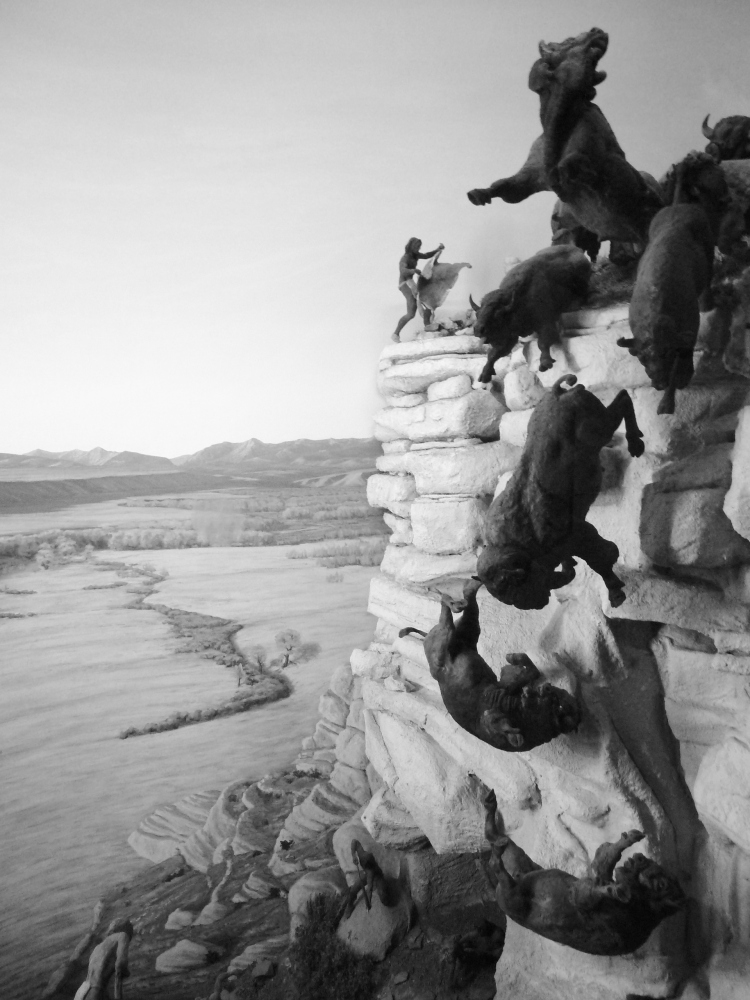



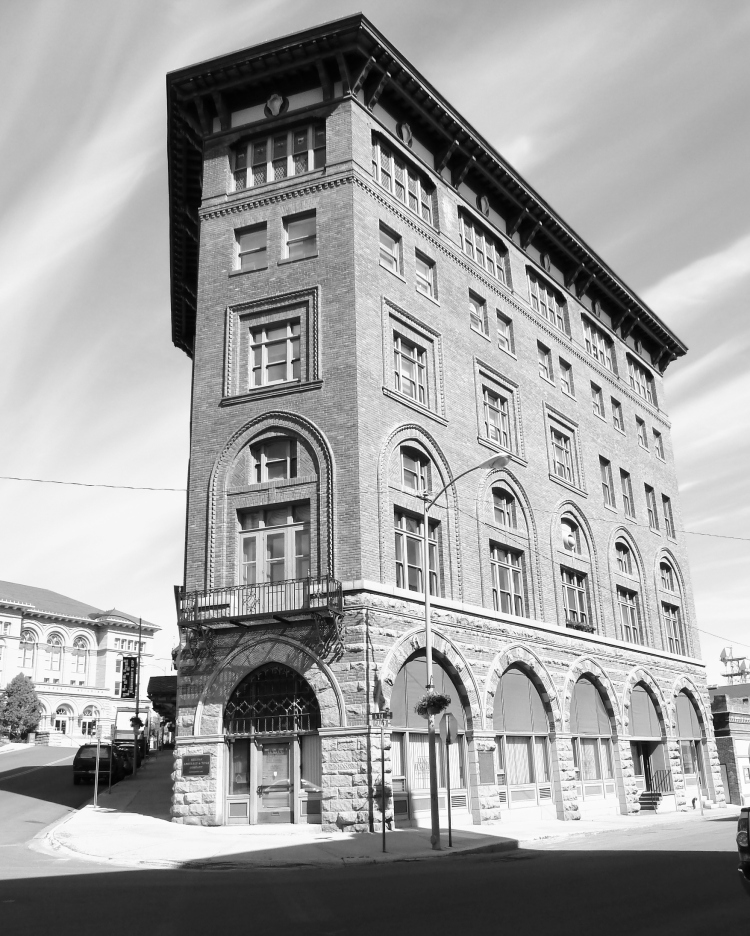
 Today was my day off.
Today was my day off.






